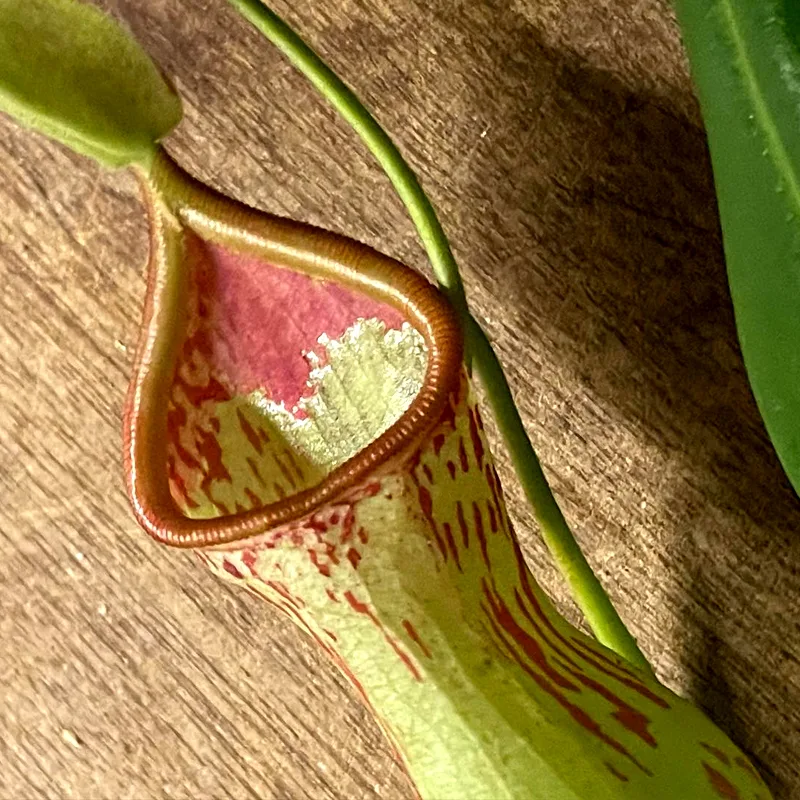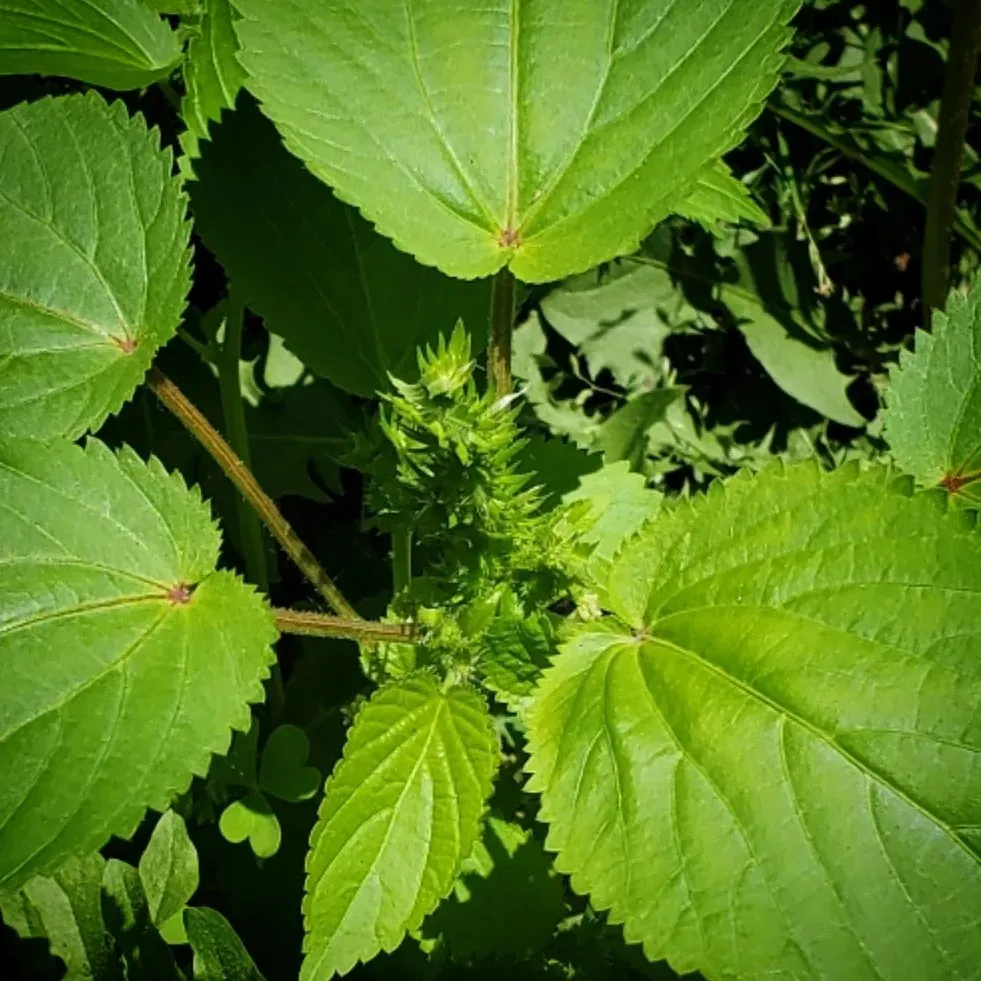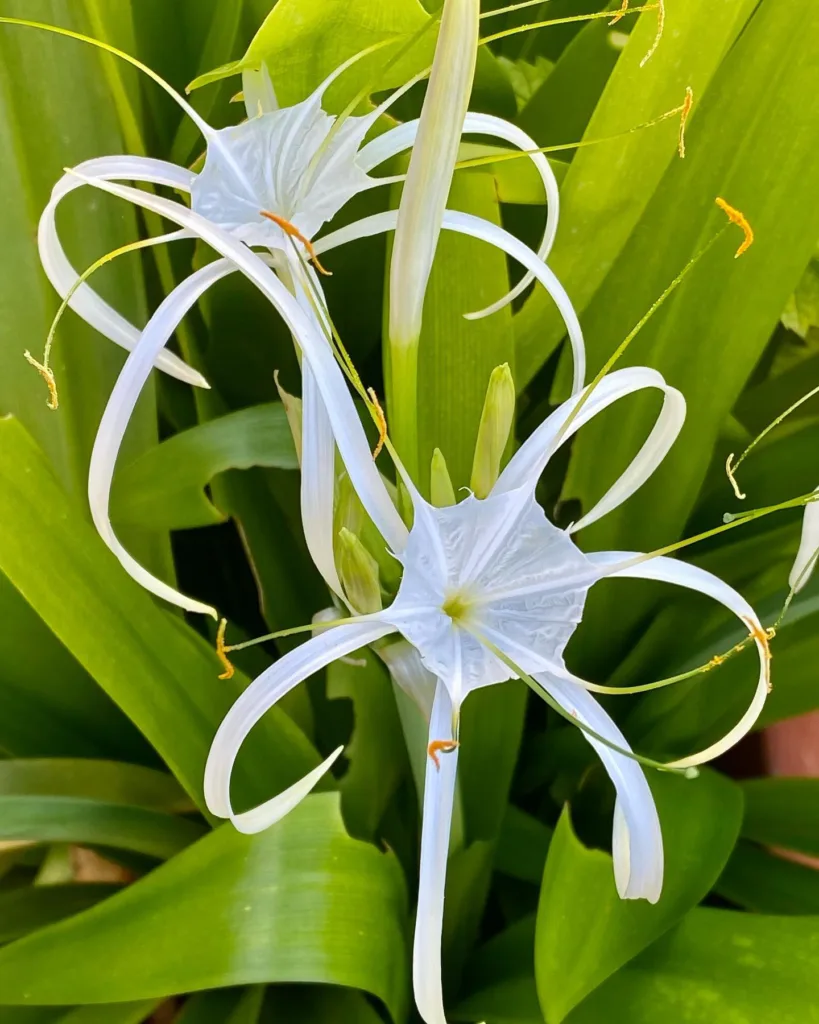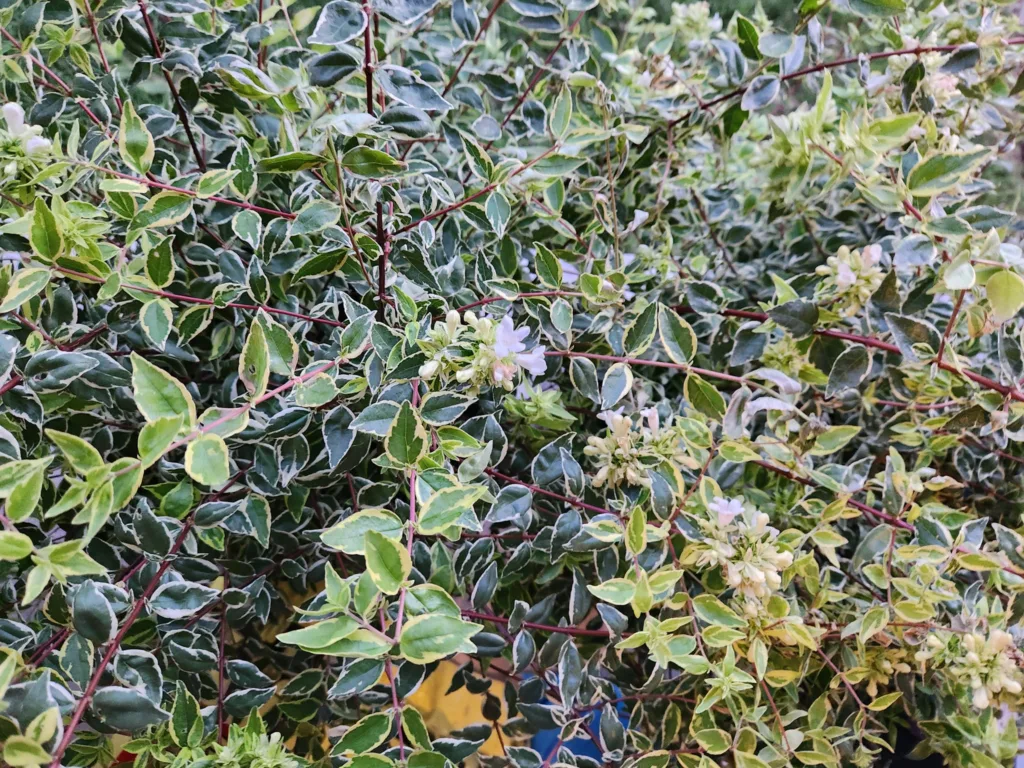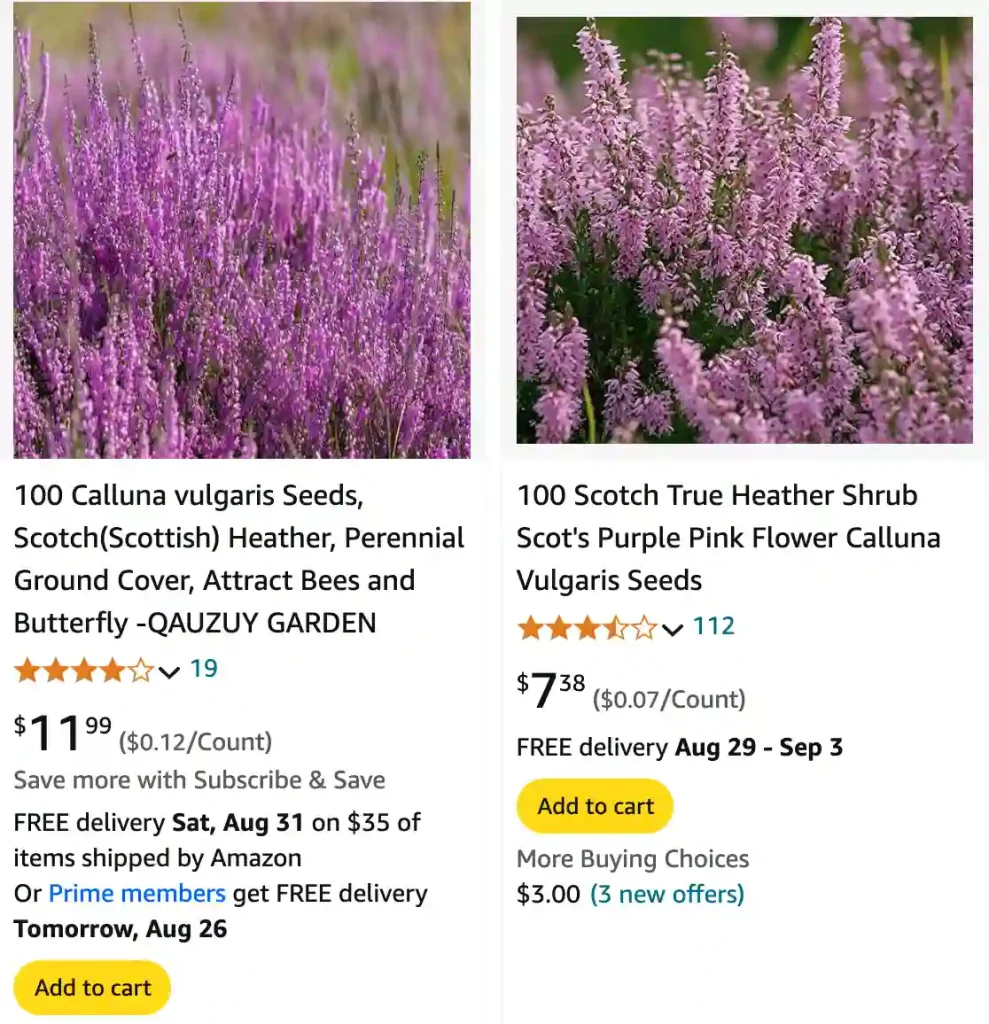
What Is Heather Plant?
Heather Plant (Calluna Vulgaris) is a versatile and hardy plant native to Europe, often found in heathlands and moorlands. It’s known for its delicate, tiny flowers and evergreen foliage, making it a popular choice in gardens and landscaping. Heather comes in various colors, including purple, pink, and white, and offers year-round interest with its lush green foliage.
When Does Heather Bloom?
Heather typically blooms from late summer to early autumn. In Scotland, Heather reaches its peak bloom in August, painting the landscape with vibrant hues of purple and pink. This blooming period can vary slightly depending on the climate and specific variety of Heather.
What Does Heather Smell Like?
Heather has a subtle, sweet fragrance that is often described as honey-like. The scent is not overpowering but adds a pleasant, gentle aroma to the garden, especially when the plant is in full bloom.
How to Grow Heather Plants?
Growing Heather is relatively straightforward if you follow a few key guidelines. Heather thrives in well-drained, acidic soil and prefers a sunny to partially shaded location. It’s best to plant Heather in a spot with good air circulation to prevent fungal diseases. Water the plant regularly, especially during dry periods, but avoid overwatering, as Heather doesn’t like soggy soil. Adding a layer of mulch can help retain moisture and keep the roots cool.
How to Care for Heather Plants?
Caring for Heather involves regular maintenance to keep it healthy and vibrant. Prune Heather after flowering to maintain its shape and promote new growth. Remove any dead or diseased branches promptly. During the winter, protect Heather from harsh winds and extreme cold with a layer of mulch. Fertilize sparingly, as Heather doesn’t require much feeding; a light application of a balanced fertilizer in early spring is usually sufficient.
How to Revive a Dying Heather Plant?
If your Heather plant appears to be struggling, check for common issues such as poor drainage, root rot, or lack of sunlight. Ensure the soil is well-draining and not waterlogged. Trim back any dead or diseased areas to encourage new growth. If the plant is suffering from lack of nutrients, a light application of fertilizer might help. Additionally, ensure the plant is getting adequate sunlight and protection from harsh weather conditions.
Is Heather Plant a Perennial?
Yes, Heather is a perennial plant, meaning it lives for several years and will return each growing season. Its evergreen foliage ensures that it provides interest throughout the year, even when not in bloom.
Are Heather Plants Poisonous to Cats or Dogs?
Heather plants are generally not considered toxic to cats or dogs. However, as with any plant, it’s best to prevent pets from chewing on or ingesting large quantities. If you notice any unusual symptoms in your pet after contact with Heather, consult your veterinarian.
Do Deer Eat Heather Plants?
Heather is known for its deer resistance, making it a good choice for gardens in areas with high deer populations. While deer may nibble on Heather occasionally, they usually prefer other plants and will avoid it if more palatable options are available.
What Is Heather Honey?
Heather honey is a type of honey produced from the nectar of Heather flowers. It is known for its dark color and strong, distinctive flavor. Heather honey is often valued for its unique taste and is used in various culinary applications.
Heather Plant vs Lavender
Heather and Lavender are often compared due to their similar appearance and uses. Both are hardy, evergreen plants with aromatic flowers. However, Heather blooms in late summer to autumn, while Lavender typically blooms in early to mid-summer. Lavender has a more pronounced fragrance and is commonly used in essential oils and culinary dishes, while Heather is often used for its decorative appeal in gardens.
Heather Plant vs Russian Sage
Russian Sage (Perovskia atriplicifolia) is another plant that’s often compared to Heather. Russian Sage has silvery foliage and lavender-blue flowers that bloom in summer. It tends to be taller and more upright compared to Heather’s low-growing, bushy form. Both plants are drought-tolerant and add color to gardens, but their blooming times and physical characteristics differ.
Where to Buy Heather Plants?
Heather plants can be purchased at most garden centers, nurseries, and online plant retailers. When buying Heather, look for healthy, well-established plants with vibrant foliage and no signs of disease or pests.
What to Plant With Heather?
Heather pairs well with other acid-loving plants such as Rhododendrons, Azaleas, and Camellias. It can also be complemented by ornamental grasses, dwarf conifers, and evergreen shrubs to create a varied and visually interesting garden space.
Heather plants offer a range of benefits, from their vibrant blooms to their deer resistance. Whether you’re planting Heather for its beauty, fragrance, or practical benefits, understanding its needs and characteristics will help you create a thriving garden.
